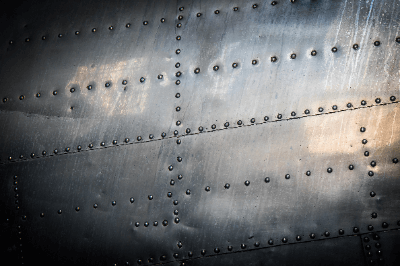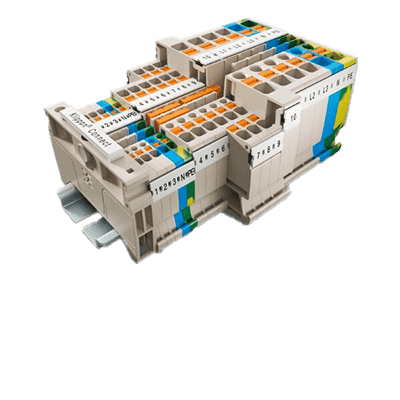What Is a Stainless Steel Grating?
Stainless steel grating is a grating-shaped metal product manufactured primarily from stainless steel and used for floors and road surfaces.
Gratings are used not only as gutter covers for drainage systems such as roads, but also as lids for drainage ditches in public bathhouses.
In most cases, grating is manufactured from steel or aluminum. Stainless steel grating is highly resistant to corrosion and wear and has excellent strength. It is widely used for reinforcing floors and road surfaces and for structures such as bridges.
Lightweight yet strong, it is easy to install and easy to maintain. Because of its beautiful appearance and luxurious feel, it is sometimes used for building exteriors.
Uses of Stainless Steel Gratings
Stainless steel grating is made of stainless steel, which is more resistant to rust and corrosion than steel and stronger than aluminum. Therefore, stainless steel grating is widely used in civil engineering and construction. It is used in areas where the surface is easily scratched and requires a certain degree of strength.
In factories, warehouses, and commercial facilities, it is widely used as floor reinforcement and reinforcement plates. It is also used as an aisle for transporting heavy objects and as a running surface for vehicles. It is used in areas with heavy coastal traffic.
They are also used as covers for drains and ventilation openings. These facilities are necessary to remove water, moisture, and foul odors from around buildings. Stainless steel grating allows for walkability and drainage/ventilation.
They may also be used as reinforcement for bridges. Since bridges are used for vehicular and pedestrian traffic, stainless steel grating ensures strength. In addition, it may be used for the design and appearance of building exteriors, taking advantage of its beauty and luxurious feel as a metal product.
Principle of Stainless Steel Gratings
Stainless steel grating is a plate-like structure made of intersecting steel members formed in a grid pattern, the principle of which is the dispersion of forces. Water and heavy objects can pass through stainless steel grating, and the grating can support the load by distributing the load evenly.
Stainless steel grating has numerous openings in the form of a lattice, which enhances ventilation and drainage. This makes the structure suitable for drainage channels and ventilation openings. The use of stainless steel makes them highly resistant to corrosion and wear, and they can withstand long-term use. As a result, they are widely used in buildings and facilities where functionality and durability are required.
Types of Stainless Steel Grating
There are various types of stainless steel grating depending on the manufacturing method. The following are examples of stainless steel grating types.
1. Stainless Steel Welded Grating
One-piece welded grating made of processed stainless steel plate. It has high strength and can support a large area. It also has deep grooves in the horizontal direction and is slip-resistant.
2. press lock grating
Press-lock grating is made by processing stainless steel plates into an interlocking structure. It is used for indoor and outdoor construction sites and rooftops because of its non-slip effect and high safety as scaffolding.
3. Honeycomb Grating
Honeycomb grating is a grating with a honeycomb structure. It is characterized by its strength while being lightweight. Because of its high drainage effect, it is used for rainwater drainage channels.


